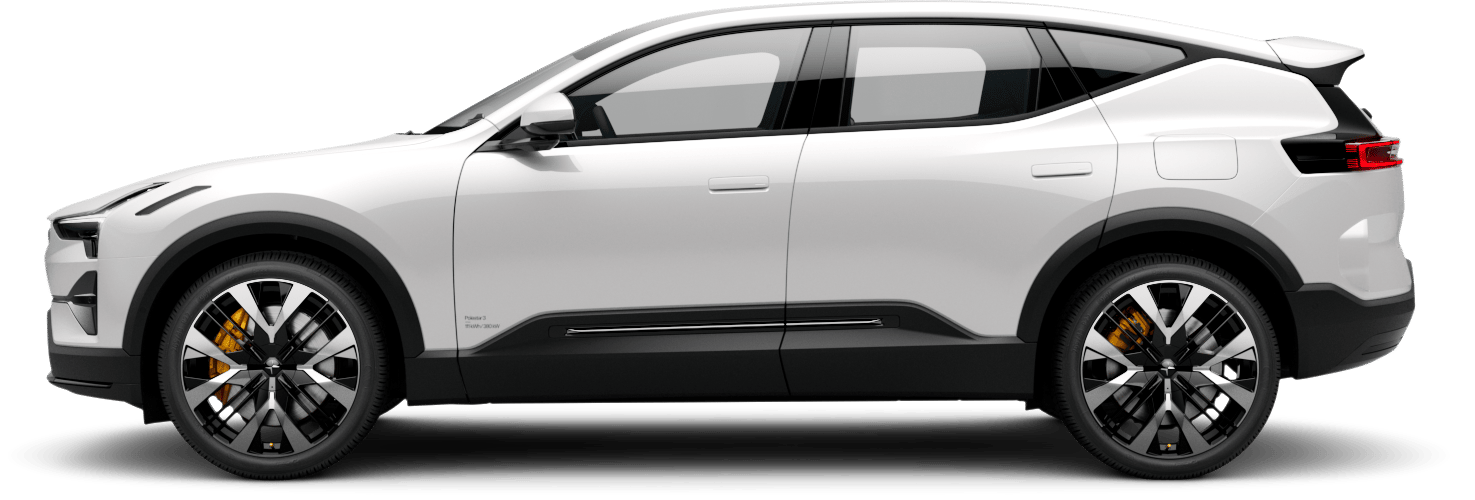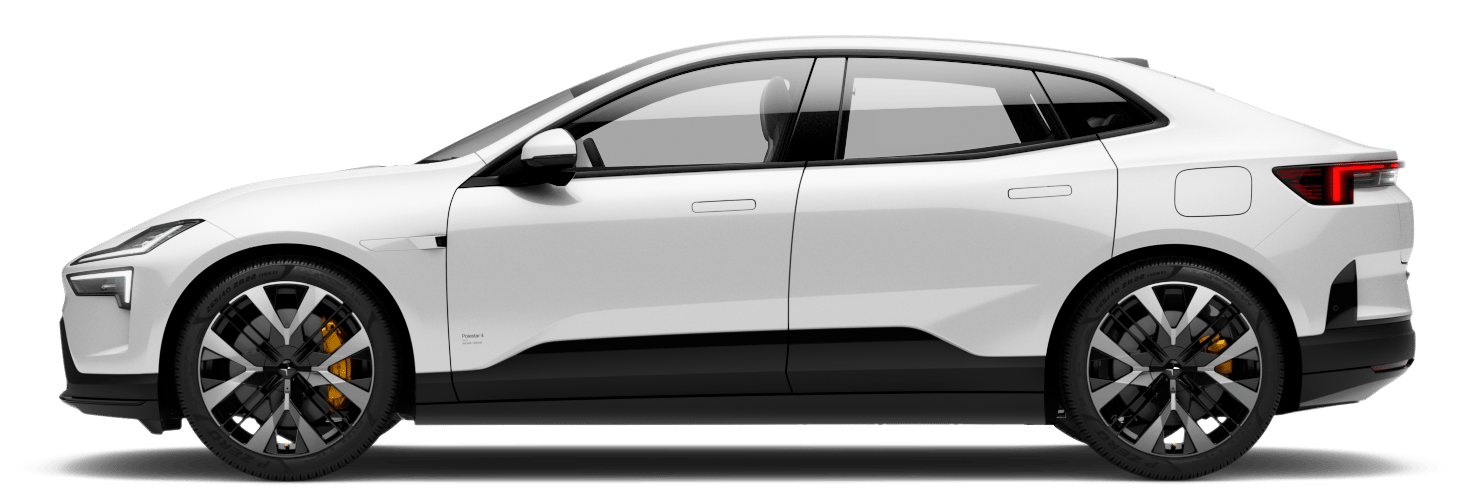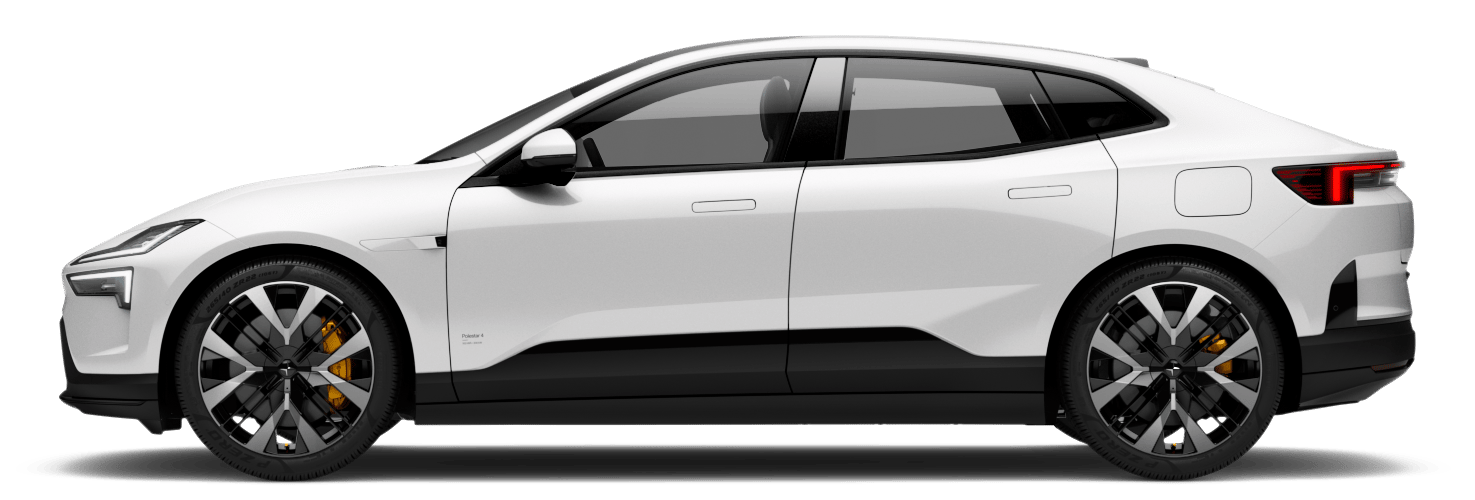Polestar 3 Sustainability credentials
This is a high-level presentation of Polestar 3's sustainability credentials. It aims to provide transparent information to enable informed, ethical choices.
This is a high-level presentation of Polestar 3's sustainability credentials. It aims to provide transparent information to enable informed, ethical choices.
Cradle-to-gate refers to the environmental impact assessment of a car’s life cycle from the first raw material extraction to it leaving the factory. We evaluate every step of our production process to measure and minimize its environmental footprint.
Cradle-to-gate refers to the environmental impact assessment of a car’s life cycle from the first raw material extraction to it leaving the factory. We evaluate every step of our production process to measure and minimize its environmental footprint.
Many different materials are used to make a Polestar 3, such as aluminum, steel, electronics, and plastics. Each material category contributes to the overall carbon footprint of the vehicle, as does the electricity mix used in production and refining. We aim to continuously reduce the carbon impact and improve the accuracy of our footprint calculations.
Several factors contribute to the battery's carbon footprint, from the energy used for cell production to the aluminum used in the battery casing. We push our suppliers to reduce the carbon footprint of the battery modules they supply.
Polestar 3 production is split between Chengdu, China, and Ridgeville, South Carolina in the United States</span> for the North American market. The Chengdu plant is a key component of our sustainability strategy and has been powered by 100% renewable electricity since 2021.
Cradle-to-gate CO₂ᵉ emissions
Long range Dual motor - AWD
Material production¹
16.8 metric tons
Battery modules¹
5.9 metric tons
Manufacturing and logistics¹
2 t
Total¹
24.7 metric tons
Carbon footprint proportions
Aluminum
28%
Battery modules
26%
Steel and iron
19%
Electronics
9%
Polymers
9%
Other materials
9%
The battery cell modules used in Polestar 3 are manufactured using renewable electricity. This, in combination with having renewable electricity also in anode and cathode production, lowers the CO2e emissions per kWh by 41% compared to Polestar 2 launch edition.
Cradle-to-grave evaluations consider the full span of a car’s existence. Our Life Cycle Assessment quantifies the environmental effect of every stage of a Polestar’s manufacture and use. From the first drive, to everyday charging, to its final recycling.
Cradle-to-grave evaluations consider the full span of a car’s existence. Our Life Cycle Assessment quantifies the environmental effect of every stage of a Polestar’s manufacture and use. From the first drive, to everyday charging, to its final recycling.
After a Polestar 3 leaves the factory gates, its owner can make a significant difference to its overall carbon footprint by charging it with renewable energy.
Over 85% of the Polestar 3 is recyclable, whereas several components can be reused or remanufactured. Increasing components' lifespan in this way can reduce waste and avoid the CO2 emissions associated with making new components.
More on our key drivers
Circularity
We continuously aim to make cars that last longer, with more recycled materials, as we move closer to a goal of full circularity.
Read moreClimate neutrality
The steps we're taking to meet our defining goal of becoming a fully climate-neutral car manufacturer.
Read moreInclusion
Within Polestar, equal opportunities and a culture of open communication. Within our supply chain, human rights above all.
Read more




